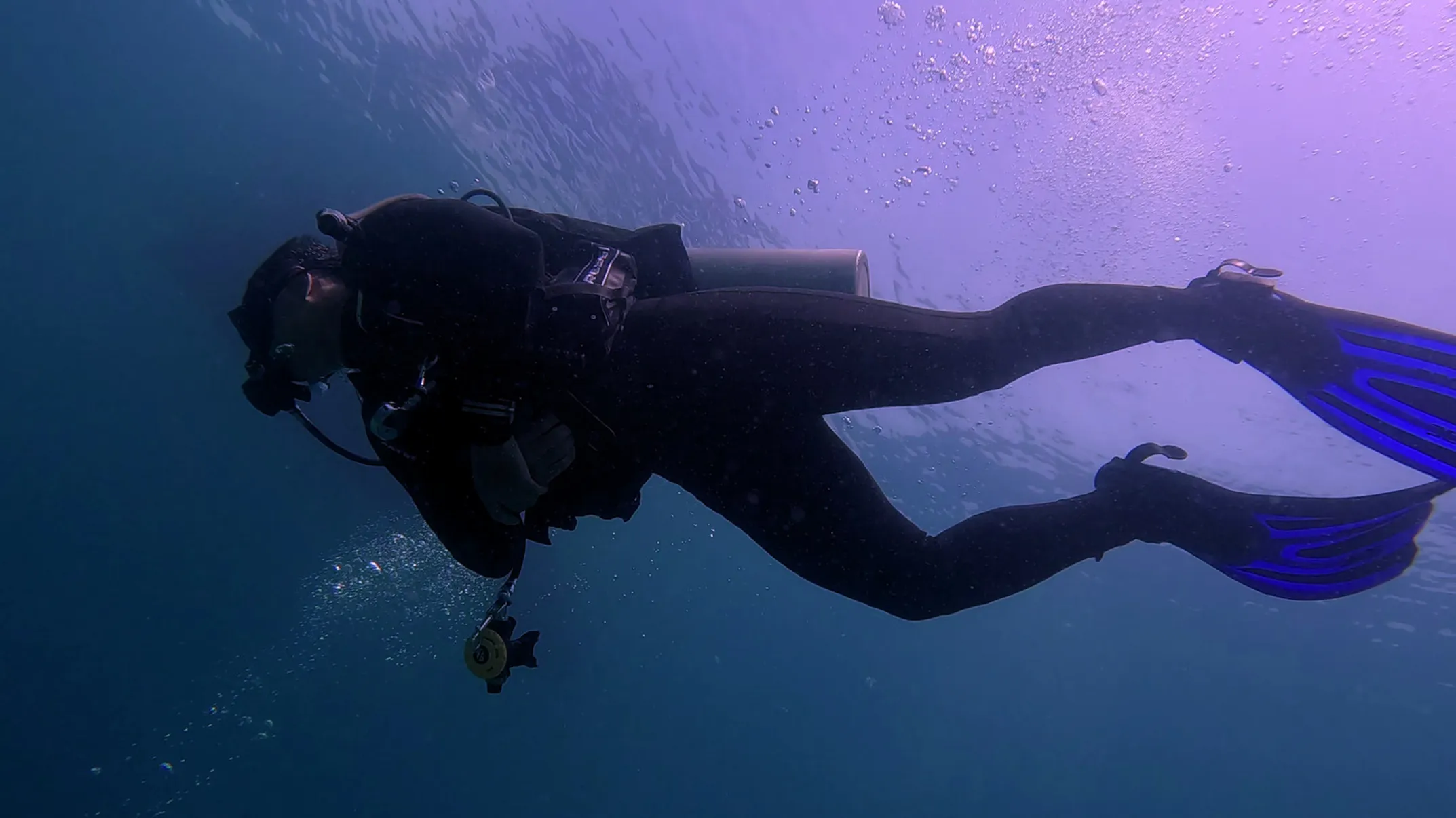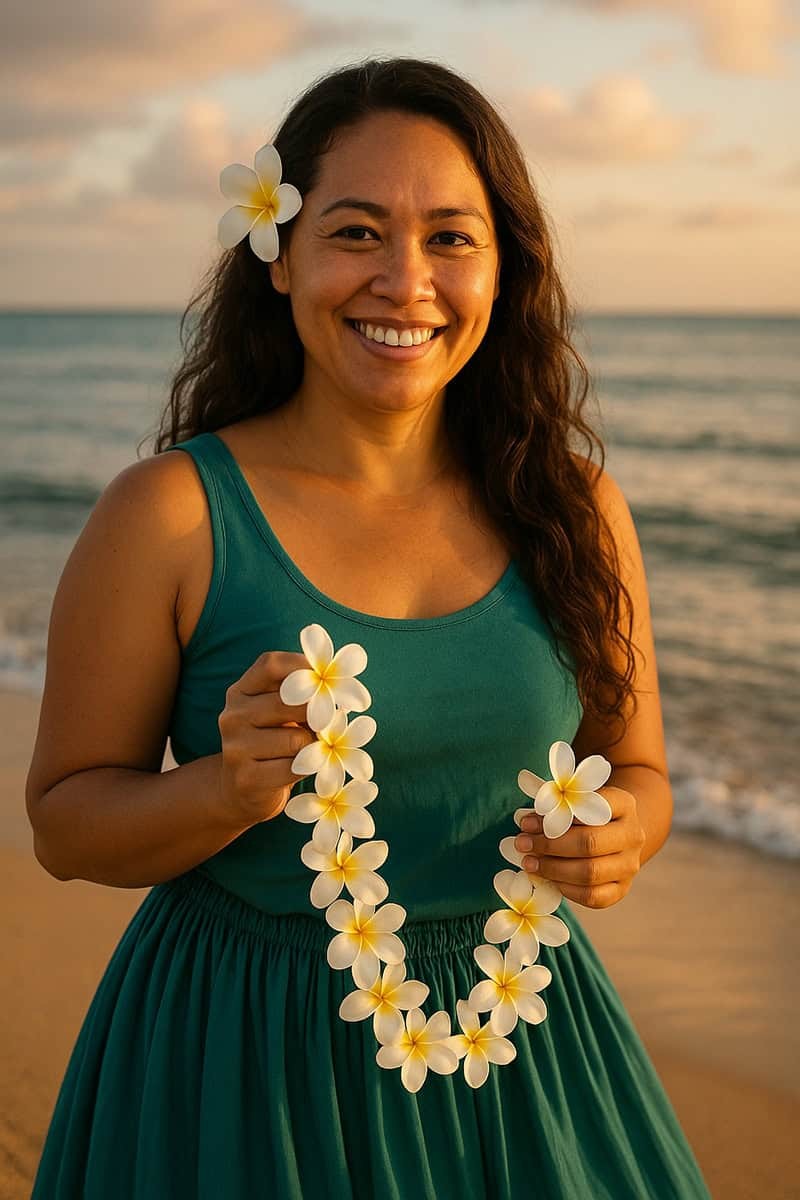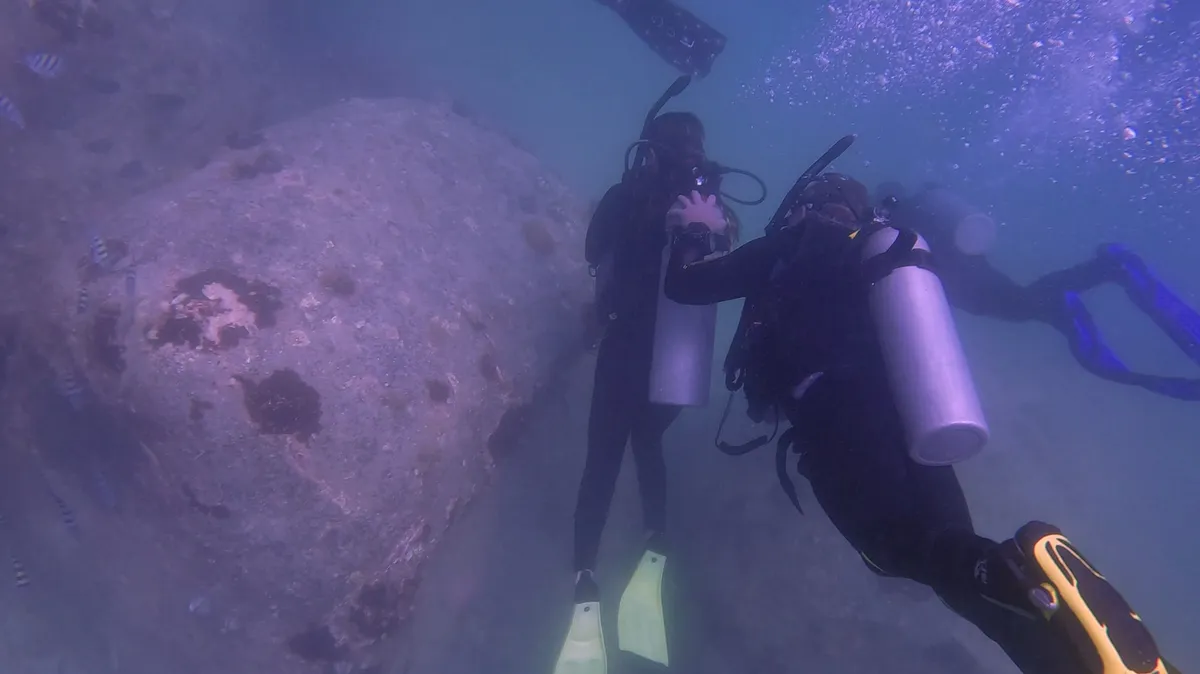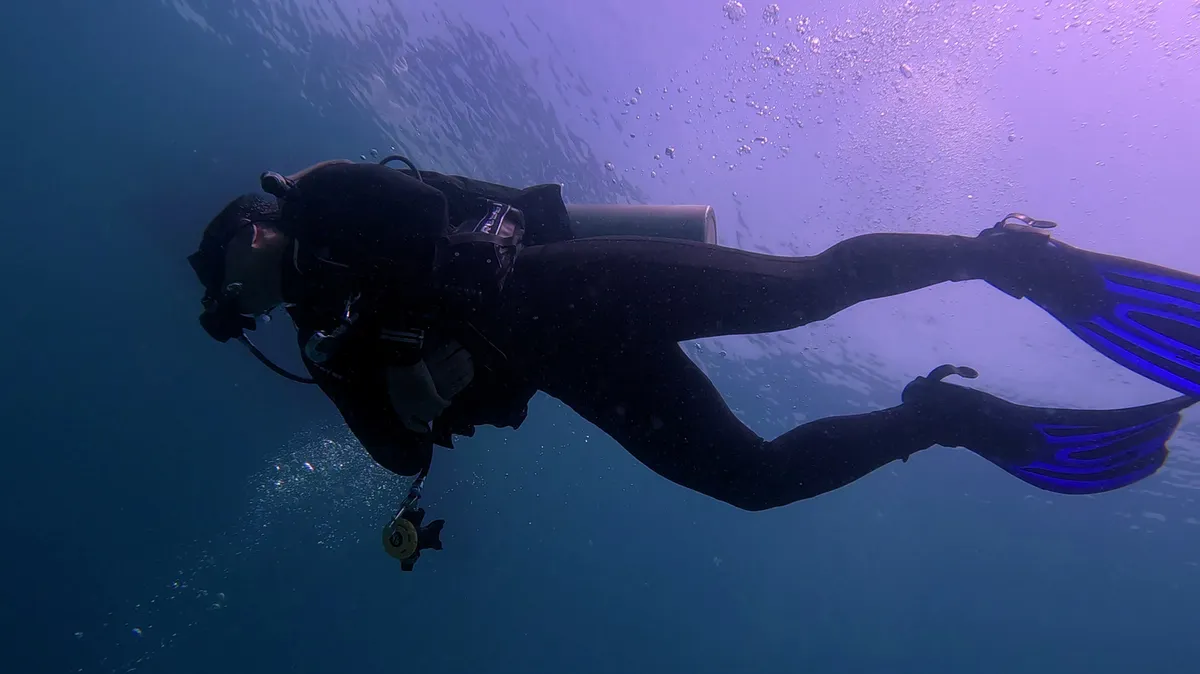

Oahu's Top Snorkeling Sanctuaries
Explore pristine reefs where volcanic craters meet marine life conservation districts

Written by a Local Expert
Leilani AkoOahu's Top Snorkeling Sanctuaries
Our island's snorkeling spots each have their own personality. North Shore locations transform with the seasons – calm summer lagoons become powerful winter surf breaks. Understanding these patterns keeps you safe and helps you plan the perfect underwater adventure.
Many prime spots sit within Marine Life Conservation Districts. These protected areas represent our commitment to preserving reef health for future generations. The designation means fishing and collecting are strictly regulated, allowing marine populations to thrive.
Each location offers unique experiences – from protected crater bays perfect for beginners to challenging open-water adventures for experienced snorkelers. Every reef tells a story of volcanic creation and marine adaptation.
Hanauma Bay Nature Preserve
This volcanic crater turned underwater park defines Oahu snorkeling. Formed within an ancient volcanic cone, the bay offers a pristine marine ecosystem after decades of restoration efforts. The bay is open Wednesday through Sunday from 6:45 a.m. to 4:00 p.m., with the last entry at 1:30 p.m.
Entry fees support conservation efforts. Visitors pay $25 per person, while children 12 and under, active military, and Hawaii residents enter free. The mandatory educational video serves as a crash course in marine life, park preservation, and safety rules.
🏛️ Conservation Success
By 1990, years of overuse had damaged the reef ecosystem. The city implemented a comprehensive restoration plan, limiting visitors, requiring education, and establishing no-fishing zones.
🐠 Marine Diversity
Marine life includes up to 300 Hawaiian fish species. Colorful parrotfish graze on algae, elegant butterflyfish dart between coral heads, and iconic humuhumunukunukuāpuaʻa display territorial behavior.
What makes Hanauma Bay special? It's a dedicated conservation area where education meets recreation. The shallow inner reef creates perfect conditions for beginners, while deeper areas like the Back Door, Key Hole, and Triangle lagoons challenge experienced snorkelers.
My local insight: The educational video isn't just required – it's valuable. Understanding the reef's ecosystem makes every fish sighting more meaningful. This bay once served Hawaiian royalty as a private fishing ground, adding cultural significance to your visit.

Professional diving instruction ensures safe and enjoyable underwater experiences for beginners and advanced divers alike.
Shark's Cove (Pupukea Beach Park)
Don't let the name scare you! This North Shore gem earned its name from the cove's shark-like shape when viewed from above, not from its residents. Sharks Cove has been rated by Scuba Diving Magazine as one of the "Top Twelve Shore Dives in the World."
The location offers rugged beauty and fascinating underwater architecture. Large smooth boulders and coral heads form small caves and ledges where marine life thrives. The surrounding cliff walls create protection from open ocean swells.
Summer transforms this location into a snorkeling paradise. The water stays calmest between April and September, offering ideal conditions for underwater exploration. Winter brings massive North Shore swells that make water entry dangerous and visibility poor.
My local insight: The naupaka plant growing near the public showers provides natural mask defog. Mash up a couple leaves and rub them inside your mask lens. Rinse briefly before snorkeling for fog-free viewing. This traditional Hawaiian method works perfectly!

Open ocean diving offers unparalleled visibility and the chance to encounter larger marine life in Hawaii's pristine waters.
Kahe Point Beach Park (Electric Beach)
Known locally as "Electric Beach," this unique location offers a completely different snorkeling experience. The warm water discharge from the nearby power plant creates an artificial reef ecosystem that attracts abundant marine life.
The warm water plume acts like a magnet for fish species. Schools of blue spine unicornfish, parrotfish, and other tropical species congregate near the outflow. The consistent warm temperature makes this spot attractive year-round, even when other locations are cooler.
This location requires intermediate to advanced snorkeling skills. The main attraction sits about 500 feet from shore, requiring a sustained swim through potential currents. The reward is incredible fish density and diversity rarely seen elsewhere.
My local insight: The fish concentration here demonstrates how marine life adapts to environmental changes. The artificial reef created by the power plant discharge shows nature's resilience. Early morning visits often provide the calmest conditions and best visibility.
Kuilima Cove (Turtle Bay Resort)
This North Shore sanctuary offers reliable calm conditions even when famous surf breaks are dangerous nearby. The natural rock barrier protects the cove from open ocean swells, creating a sheltered lagoon perfect for families and beginners.
The cove's protection makes it ideal for North Shore snorkeling when other locations are too rough. The clear water rarely exceeds neck depth, allowing comfortable standing and easy entry. The white sand bottom reflects sunlight, creating excellent underwater visibility.
My local insight: This cove provides the perfect introduction to North Shore snorkeling. The naupaka plant knowledge applies here too – natural mask defog grows right on the beach. The protected conditions let you focus on marine life observation without worrying about waves or currents.
Lanikai Beach
Often called the world's most beautiful beach, Lanikai offers crystal-clear waters and stunning views of the Mokulua Islands. The powdery white sand and turquoise water create a postcard-perfect setting for snorkeling adventures.
The offshore reef system protects the bay, creating consistently calm conditions ideal for leisurely snorkeling. The clear water allows easy observation of marine life even from the surface. The gradual depth change accommodates all skill levels.
The location challenges visitors with extremely limited parking. Street parking in the residential area requires careful attention to posted restrictions. Weekday visits typically offer better parking availability than weekends.
My local insight: A sunrise kayak paddle from Lanikai toward the Mokuluas creates unforgettable memories. The peaceful morning conditions and spectacular scenery make this one of Oahu's most magical experiences. The combination of snorkeling and kayaking maximizes your time here.
💡 Snorkeling Tips
- Best Time: Early morning
- Entry Fee: Hanauma $25
- Gear Rental: $25 at bay
- Reservations: Required for Hanauma
🌊 Seasonal Conditions
- North Shore Apr-Sep
- South Shore Year-round
- East Side Year-round
- West Side May-Oct
🔗 Explore Oahu Waters
📧 Marine Updates
Get the latest reef conditions and conservation news.
Planning Your Snorkeling Adventure
The diversity of experiences on Oahu amazes first-time visitors. Morning might find you snorkeling crystal-clear bays on the windward coast. Afternoon could bring surfing lessons on the legendary waves of Waikiki. Evening might end with a traditional luau under swaying coconut palms.
Morning Magic
Early morning visits offer the calmest conditions, best visibility, and fewer crowds at popular snorkeling destinations.
Seasonal Planning
North Shore locations are best April through September, while south and east shores offer year-round snorkeling.
Reef Conservation
Many prime spots are Marine Life Conservation Districts where fishing is restricted, allowing marine life to flourish.
This island's unique geography creates these varied experiences. The Ko'olau and Wai'anae mountain ranges divide Oahu into distinct climate zones. The windward side receives more rain, creating lush valleys and cascading waterfalls. The leeward side stays drier, offering consistent sunshine and calm seas.
